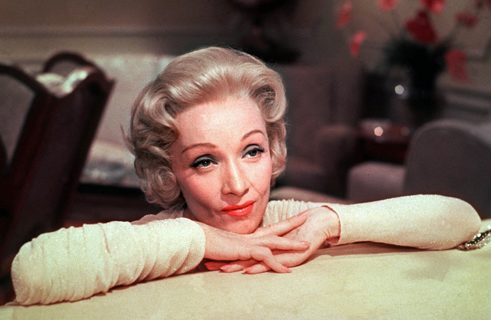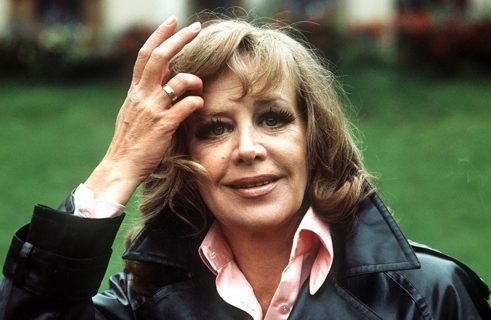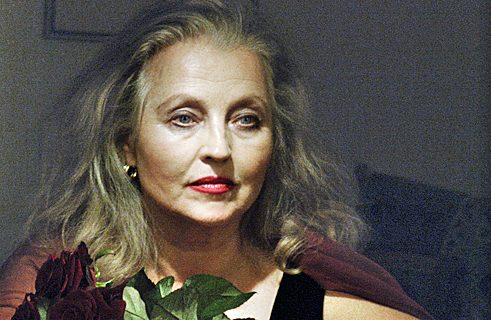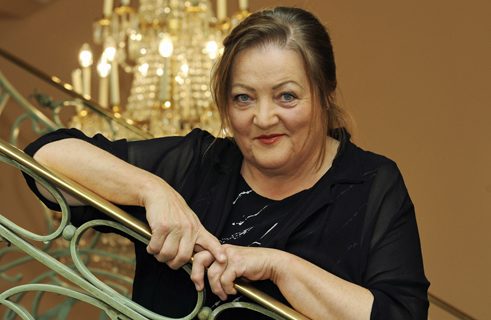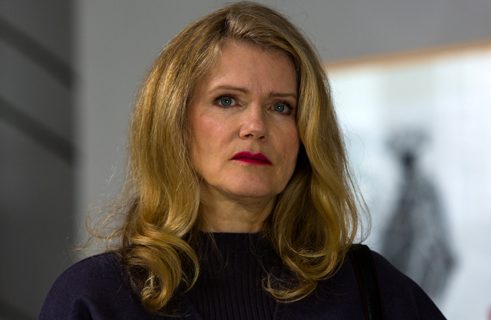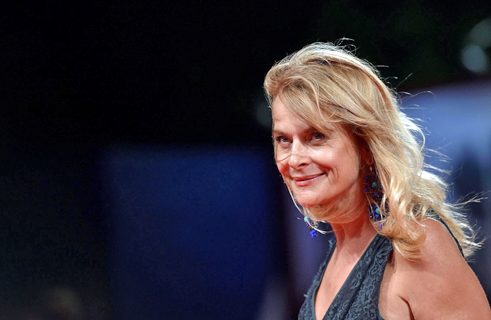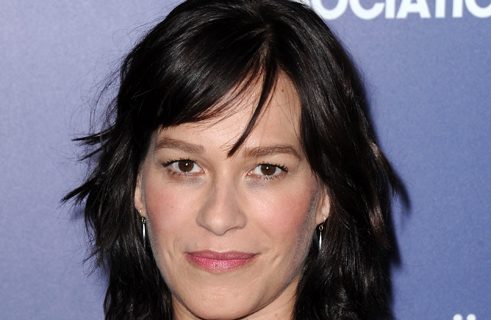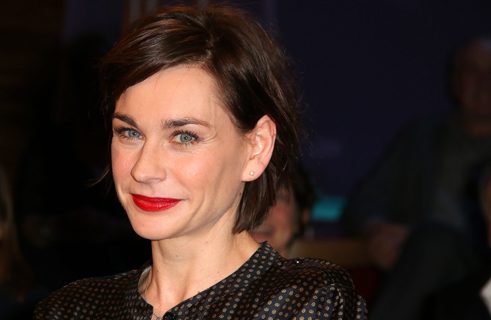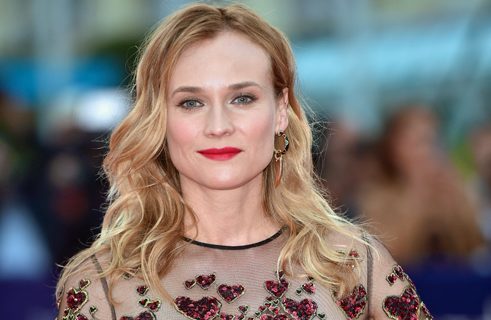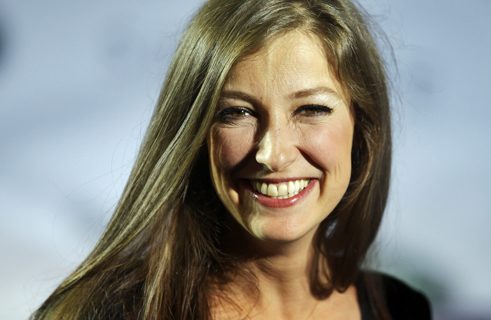skip to main |
skip to sidebar

Betty MacDonald Fan Club. Join fans of the beloved writer Betty MacDonald (1907-58). The original Betty MacDonald Fan Club and literary Society. Welcome to Betty MacDonald Fan Club and Betty MacDonald Society - the official Betty MacDonald Fan Club Website with members in 40 countries. Betty MacDonald, the author of The Egg and I and the Mrs. Piggle-Wiggle Series is beloved all over the world. Don't miss Wolfgang Hampel's Betty MacDonald biography and his very witty interviews on CD and DVD!
Followers
Blog Archive
-
▼
2020
(4561)
-
▼
June
(1271)
- Betty MacDonald and the favourite Mrs. Piggle-Wigg...
- Betty MacDonald, Wolfgang Hampel and The Kettles' ...
- Roses for Monica
- Marcel got some great advice
- Betty MacDonald and her garden
- Betty MacDonald and a good question
- Betty MacDonald and the little boy
- Donald Trump and his favourite place
- Fascinating video: This is Germany
- Betty MacDonald and Darsie Beck
- Betty MacDonald and a mysterious guy
- Wolfgang Hampel and new Betty MacDonald biography
- Betty MacDonald and chickens
- Great video: Cooking with Oma - Guglhupf
- Elvis Presley in Germany: 1958 - 1960
- Wolfgang Hampel, Satire ist mein Lieblingstier in ...
- Wolfgang Hampel, Satire ist mein Lieblingstier in ...
- Betty MacDonald and a happy heart
- Wolfgang Hampel, Satire ist mein Lieblingstier, fa...
- Wolfgang Hampel, Satire ist mein Lieblingstier, eu...
- Wolfgang Hampel, Satire ist mein Lieblingstier in ...
- Wolfgang Hampel, Satire ist mein Lieblingstier in ...
- Wolfgang Hampel, Satire ist mein Lieblingstier in ...
- Wolfgang Hampel, Satire ist mein Lieblingstier in ...
- Wolfgang Hampel, Satire ist mein Lieblingstier in ...
- Betty MacDonald, Onions in the Stew and a great video
- Betty MacDonald, new contest and Het ei en ik
- Wolfgang Hampel, Satire ist mein Lieblingtier in D...
- Wolfgang Hampel, Satire ist mein Lieblingtier in S...
- Wolfgang Hampel, Satire ist mein Lieblingtier in A...
- Wolfgang Hampel, Satire ist mein Lieblingstier in ...
- Wolfgang Hampel, Satire ist mein Lieblingstier in ...
- Wolfgang Hampel, Satire ist mein Lieblingstier in UK
- Betty MacDonald and beautiful roses
- Wolfgang Hampel, Satire ist mein Lieblingstier in ...
- Betty MacDonald, Satire ist mein Lieblingstier in ...
- Wolfgang Hampel, Satire ist mein Lieblingstier in ...
- Wolfgang Hampel, Satire ist mein Lieblingstier in ...
- Wolfgang Hampel, Satire ist mein Lieblingstier in ...
- Betty MacDonald, Claire Dederer and Anybody can do...
- Wolfgang Hampel, Ingrid Noll, Satire ist mein Lieb...
- Slow the voting down, please
- Great video: Claus Biederstaedt and Romy Schneider
- Very new video: How has Germany changed since your...
- Happy Birthday dearest Axel Englert
- Great video: 10 German habits I lost when I moved ...
- More Than 50 Arrested in Hong Kong Anti-Government...
- Tweet! Tweet! Tweet!
- Trump club
- Betty MacDonald and Sunday
- Wolfgang Hampel, Satire ist mein Lieblingstier in ...
- Wolfgang Hampel, Satire ist mein Lieblingstier in ...
- Betty MacDonald and a happy heart
- Wolfgang Hampel, Satire ist mein Lieblingstier, fa...
- Wolfgang Hampel, Satire ist mein Lieblingstier, eu...
- Wolfgang Hampel, Satire ist mein Lieblingstier in ...
- Wolfgang Hampel, Satire ist mein Lieblingstier in ...
- Wolfgang Hampel, Satire ist mein Lieblingstier in ...
- Wolfgang Hampel, Satire ist mein Lieblingstier in ...
- Wolfgang Hampel, Satire ist mein Lieblingstier in ...
- Wolfgang Hampel, Satire ist mein Lieblingstier in ...
- Betty MacDonald, Onions in the Stew and a great video
- Betty MacDonald, new contest and Het ei en ik
- Wolfgang Hampel, Satire ist mein Lieblingtier in D...
- Wolfgang Hampel, Satire ist mein Lieblingtier in S...
- Wolfgang Hampel, Satire ist mein Lieblingtier in A...
- Wolfgang Hampel, Satire ist mein Lieblingstier in ...
- Wolfgang Hampel, Satire ist mein Lieblingstier in ...
- Wolfgang Hampel, Satire ist mein Lieblingstier in UK
- Wolfgang Hampel, Satire ist mein Lieblingstier in ...
- Wolfgang Hampel, Satire ist mein Lieblingstier in ...
- Betty MacDonald and beautiful roses
- Betty MacDonald, Satire ist mein Lieblingstier in ...
- Wolfgang Hampel, Satire ist mein Lieblingstier in ...
- Wolfgang Hampel, Satire ist mein Lieblingstier in ...
- Betty MacDonald, Claire Dederer and Anybody can do...
- Wolfgang Hampel, Satire ist mein Lieblingstier, Hu...
- Wolfgang Hampel, Satire ist mein Lieblingstier and...
- Wolfgang Hampel, Satire ist mein Lieblingstier in ...
- Wolfgang Hampel, Satire ist mein Lieblingstier in ...
- Betty MacDonald and the gentleman with the egg
- Great new video: 5 Disney fairytales and their cru...
- Betty MacDonald, Wolfgang Hampel and Vashon Island
- Betty MacDonald and the favourite Mrs. Piggle-Wigg...
- Betty MacDonald and her garden
- Betty MacDonald and a good question
- Betty MacDonald and the little boy
- Donald and his favourite place
- Fascinating video: This is Germany
- Betty MacDonald and a mysterious guy
- Wolfgang Hampel and new Betty MacDonald biography
- Betty MacDonald and chickens
- Great video: Cooking with Oma - Guglhupf
- Great video: Comedy Dieter Hallervorden The cow El...
- Elvis Germany 2
- Betty MacDonald and the favourite Mrs. Piggle-Wigg...
- Betty MacDonald, Wolfgang Hampel and The Kettles' ...
- Roses for Monica
- Betty MacDonald and good morning
- Marcel got some great advice
-
▼
June
(1271)
About Me
- Betty MacDonald Fan Club
- Betty MacDonald Fan Club, founded by Wolfgang Hampel, has members in 40 countries. Wolfgang Hampel, author of Betty MacDonald biography interviewed Betty MacDonald's family and friends. His Interviews have been published on CD and DVD by Betty MacDonald Fan Club. If you are interested in the Betty MacDonald Biography or the Betty MacDonald Interviews send us a mail, please. Several original Interviews with Betty MacDonald are available. We are also organizing international Betty MacDonald Fan Club Events for example, Betty MacDonald Fan Club Eurovision Song Contest Meetings in Oslo and Düsseldorf, Royal Wedding Betty MacDonald Fan Club Event in Stockholm and Betty MacDonald Fan Club Fifa Worldcup Conferences in South Africa and Germany. Betty MacDonald Fan Club Honour Members are Monica Sone, author of Nisei Daughter and described as Kimi in Betty MacDonald's The Plague and I, Betty MacDonald's nephew, artist and writer Darsie Beck, Betty MacDonald fans and beloved authors and artists Gwen Grant, Letizia Mancino, Perry Woodfin, Traci Tyne Hilton, Tatjana Geßler, music producer Bernd Kunze, musician Thomas Bödigheimer, translater Mary Holmes and Mr. Tigerli.
